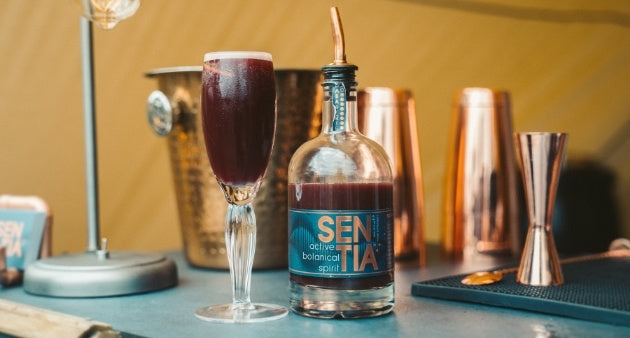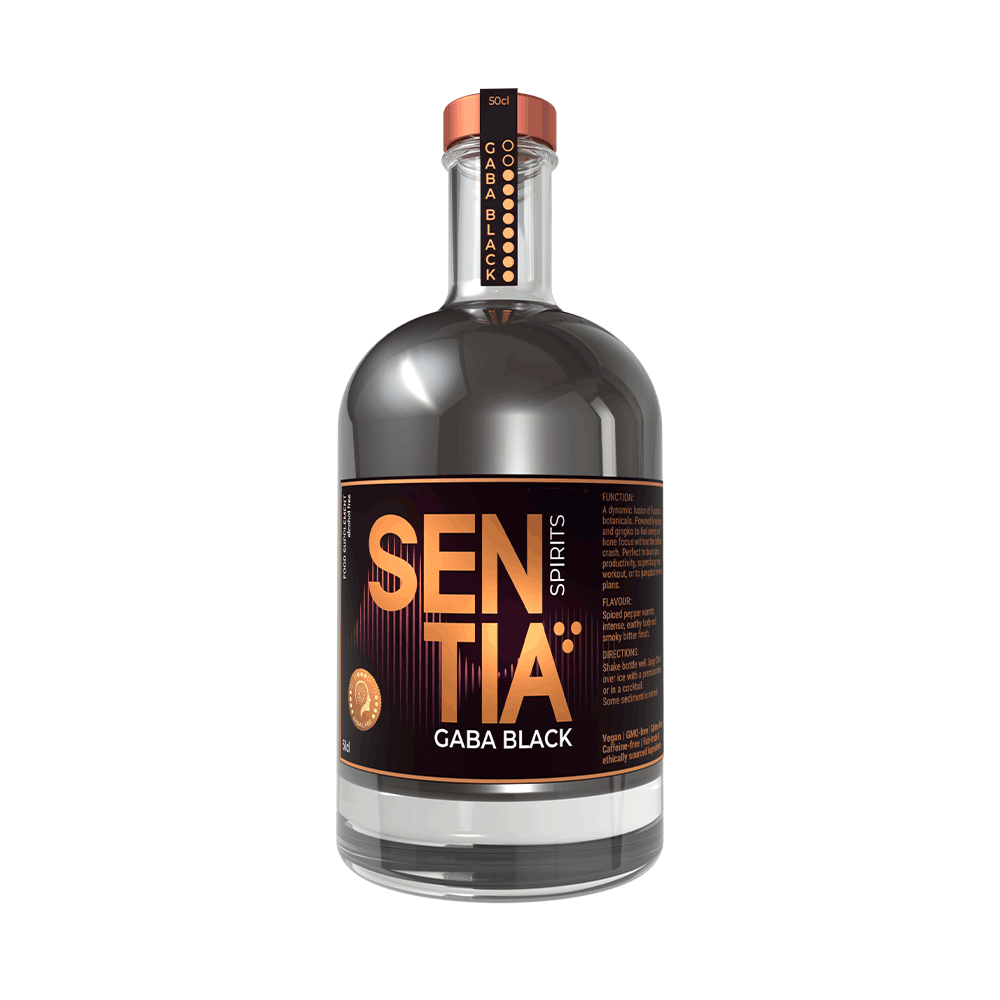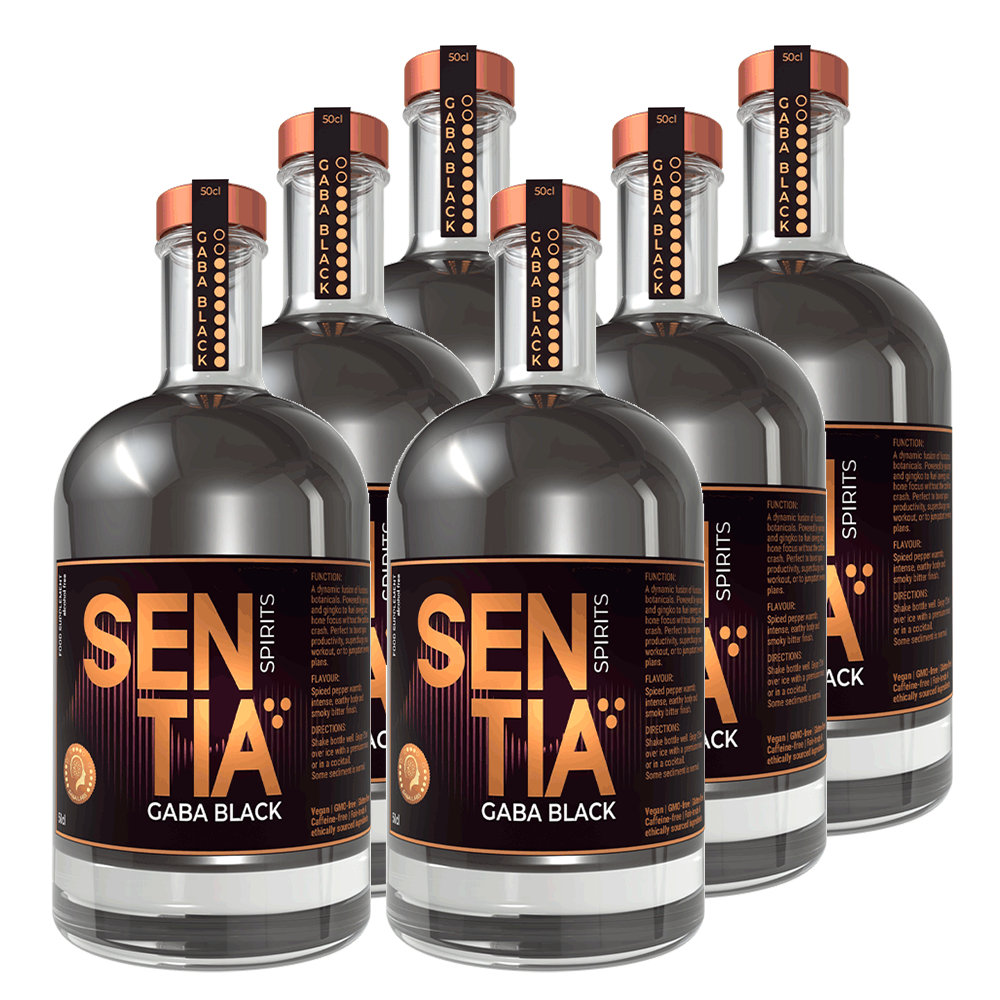
The Rise of Non-Alcoholic Spirits
Depending on who you ask, the alcohol industry is going through a renaissance, or a revolution, or a decline. Or a combination of all three. Sales of hard seltzers and “better beers” (which are lower in calories, carbs, and alcohol) have spiked exponentially in the past three years. The problem? These sales aren’t attracting new customers. They’re simply reaching existing customers who have been trending toward alternatives for some time.

It’s Called “Being Mindful”
The defining characteristic of the modern consumer is consciousness. Far different than the casual or “heavy” social drinker of the 80s and 90s, today’s consumers are conscious both of one another and themselves. They believe in the saying, “friends don’t let friends drive drunk,” and are aware of the long-term health risks associated with drinking. They’re also keen to the immediate downsides of alcohol. Having a good time Saturday night almost guarantees a sub-par Sunday morning.
Today’s consumers are also body-positive. They are ditching stereotypes of what a body should look like to focus on the science of being healthy. We all know that alcohol contains calories and carbs. We also know that it makes you hungry for the worst possible things. Alcohol stimulates the brain’s appetite control system (the hypothalamus) and causes low blood sugar, resulting in sugar and carbohydrate cravings. Meanwhile, it lowers your cognitive defenses against the questionable decision of ordering the entire value menu at McDonalds. Suddenly a night out at the bar becomes a midnight stop at a greasy fast-food chain. Ultimately, the next day, there is regret.
Dry January, which was a staple in the UK before invading the U.S., continues to break participation records each year. Two thirds of millennials are cutting back on their alcohol consumption, while Gen Z is drinking 20% less than they are. Many people have begun to identify as “sober curious,” a movement which is not about recovery, or abstaining from alcohol altogether, but about recognizing one’s drinking habits and exploring options that involve drinking less and doing more. Meanwhile, the wellness market—an industry based around feeling good, being healthy, and having fun—is experiencing a huge explosion itself.
It’s no wonder that popular brands have put serious money behind brewing and marketing non-alcohol beers. Heineken, Peroni, and Guinness all sell 0 percent ABV products in the United States. Alcohol consumption has grown during the pandemic (who could have guessed that!?), but those figures have been eclipsed by the growth of low and no-alcohol options, which are expected to increase by 31% over the next few years.
I hope you’re listening, tequila. We may still appreciate a fresh-squeezed margarita, but we’ve kind of aged-out of slurred speech and backyard brawls.

The Time’s They Have Been A-Changin’
The past 10 years reflect a changing consumer and a market changing with them. But the rise of alcohol-alternatives is much more than the rising stock of O’doul’s. Low-alcohol beers and even non-alcoholic spirits are just the tip of the iceberg.
Like the transition from a Prius (a dependable hybrid sedan) to the Tesla (an all-electric luxury sports car), alcohol alternatives started out as sicky-sweet mocktails and have transformed into full-blown cosmopolitan pleasures. Today you can enjoy the floral bitterness of a Manhattan or the zesty bitter-sweetness of a Gin and Tonic using completely alcohol-free ingredients. We’re not talking chocolate martini or peanut butter vodka wannabes. Other alternative distillers have created completely new alcohol-free spirits offering unique flavor profiles. Rather than crafting an alcohol-free twist on classic recipes, these drinks offer an experience you can only enjoy without the hooch.
Alcohol alternative choices have improved significantly over the past 10 years, and they’re easier to find. As more customers request non-alcohol options—and those options becomes more refined—so bars and restaurants have begun featuring alcohol alternatives on their daily specials. You don’t have to ask a waiter or waitress if the bar can make you a virgin martini blindly anymore; you can find them on the menu. Alternatively, you can head over to an exclusively non-alcoholic bar.
While low and non-alcohol choices continue to improve, a new alternative has entered the market and is slated to take the industry to unimaginable heights.

Have Your Booze Without Having Your Booze, Too
YOLO—"you only live once”—is a hashtag, a joke, a cliché, and a way of life. It is all of these things because it is so painfully true the only way to recognize it is to make light of it. Well, the old idea was to drink as much as possible, to get as wild as possible. The new idea is to maximize your body’s potential for experience and sensation. Today’s consumer wants to go out, have fun, wake up, exercise, and be productive. Is having it all too much to ask for?
GABA labs doesn’t think so.
Most alcohol alternatives work like decaf coffee. They taste similar to the “real thing” but won’t keep you up all night. Sentia, on the other hand, is a true “alternative.” Like many low or non-alcohol options, it can be used in classic or original mocktails. But since it is a functional alcohol alternative, Sentia actually recreates the feeling of having one or two drinks (or being “tipsy”) without the side effects. It uses plant-based ingredients to give you the experience you want and keeps you right there, feeling good, social, and in control. Sound too good to be true? It’s not. Humans have been drinking and enjoying alcohol for over 7,000 years. It just took 6,999 years to come up with a safer, healthier option.
Sentia isn’t anti-alcohol because neither are health-conscious consumers. They like alcohol; they just don’t like the baggage that comes with it. This was the basic guiding principle behind Sentia’s creation, and it is the primary driving factor of the rise of all alcohol alternatives, especially functional botanicals.
Consumers are primarily flavor-conscious and experience-driven. Being “on the wagon”—taking a break from drinking—used to mean staying at home. Today’s consumers, and the market catering to them, understand that doesn’t have to be the case. Today, you can order a traditional whiskey sour, and an hour later enjoy a non-alcohol cocktail with the same amount of savory complexity and sour joy as an alcohol-based one. The rise of alcohol alternatives is history in the making. Will you be the next one to see what the craze is all about?








